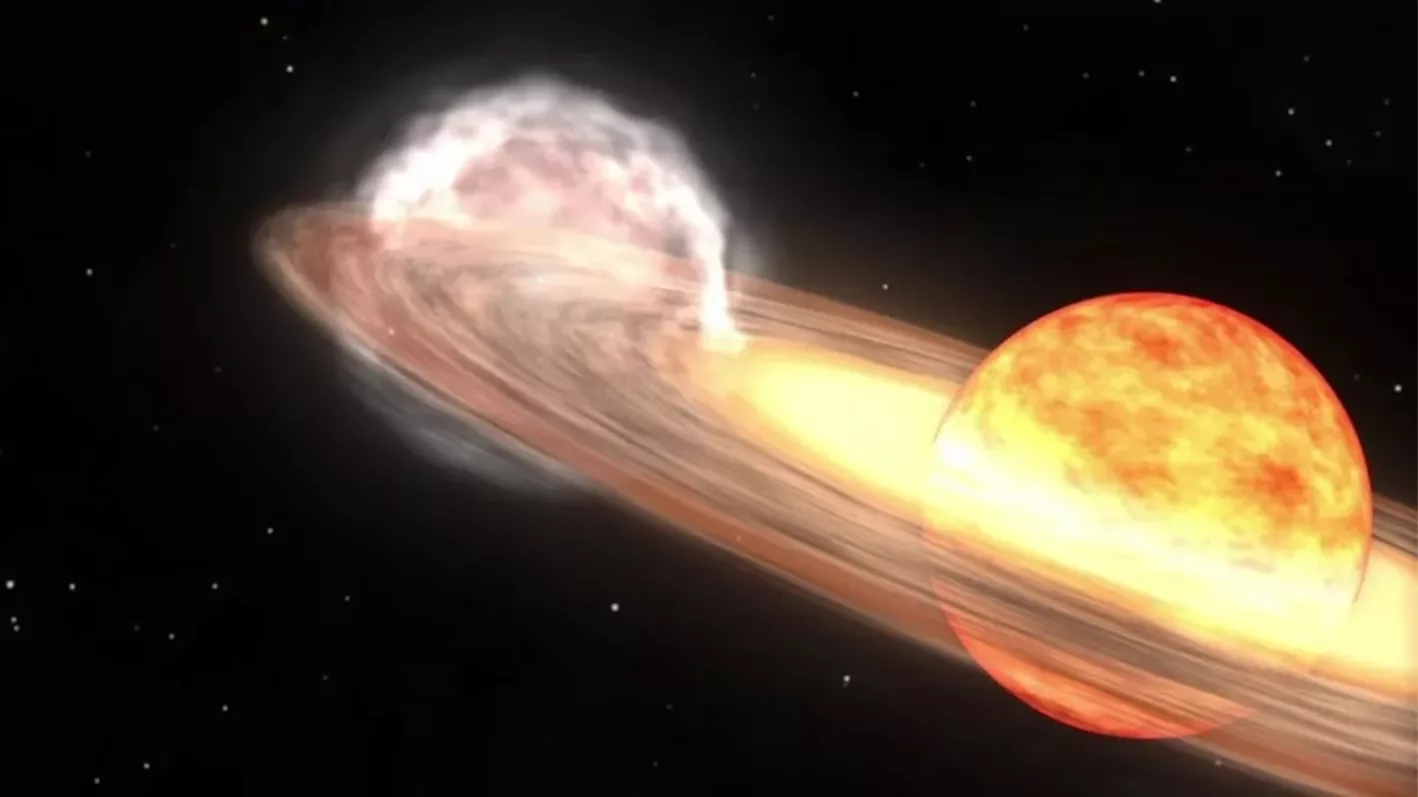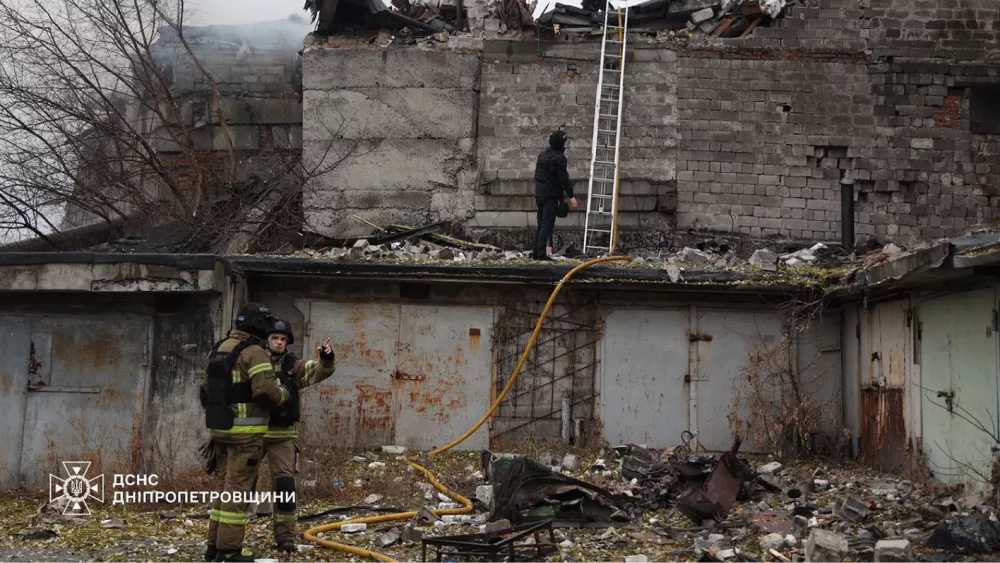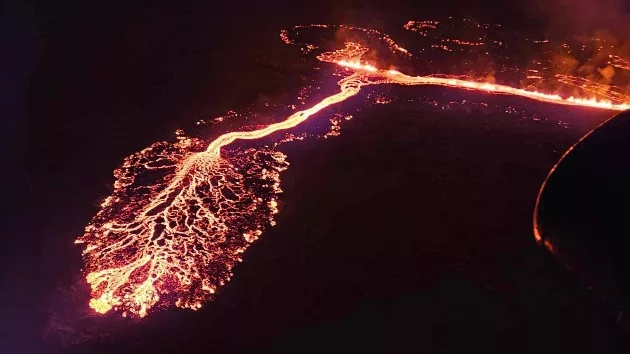
(WASHINGTON) — A “zombie star” could possibly rise from the dead on Halloween night, according to space experts.
T Coronae Borealis, also known as the “Blaze Star,” is expected to explode violently in the near future, illuminating a long-dead binary star system for the first time in 80 years, according to NASA.
The Blaze Star has become a white dwarf, which happens when stars have exhausted their nuclear fuels.
“It’s basically a dead star,” NASA astrophysicist Padi Boyd told ABC News. “It’s not burning anything.”
The dead star has a comparable mass to Earth’s sun, according to NASA. By contrast, Earth’s sun is constantly burning elements such as hydrogen and helium, Boyd said.
The Blaze Star is part of a binary system; it has a companion star — a red giant star — that it “gobbles” material from, Boyd said. Material such as hydrogen is transferred by a strong gravitational pull, according to NASA.
“Like a vampire,” the white dwarf sucks material from its companion star, Boyd said. The material sits on the surface of the white dwarf until there is enough material to ignite a thermonuclear runaway explosion — a buildup of pressure and heat. This allows the “dead” star to become “very, very bright,” she added.
Every eight decades, when the Blaze Star system bursts into a bright light, it becomes visible to the naked eye, Boyd said.
“It’ll become as bright as some of the stars we see on the constellations at night,” she said.
The first recorded sighting of the Blaze Star was in the autumn of 1217, when a German priest and chronicler named Burchard of Ursperg observed “a faint star that for a time shone with great light,” according to NASA.
It was last seen from Earth in 1946, according to the space research agency.
It is difficult to predict when a nova — a process in which a star shows a sudden large increase in brightness — will occur, Boyd said.
“This explosion, it could happen tonight; it could happen a year from now or six months or a couple of weeks,” Boyd said. “We know it’s coming soon.”
The Northern Crown is a horseshoe-shaped curve of stars west of the Hercules constellation, according to NASA. In the Northern Hemisphere, it can be identified by finding the two brightest stars — Arcturus and Vega — and tracking a straight line from one to the other, leading stargazers to Hercules and the Corona Borealis.
The outburst is expected to be brief. The nova, when a star shows a sudden large increase in brightness, will only be visible to the naked eye for less than a week, according to NASA.
To astronomy enthusiasts, it will appear as if a new star appeared in the sky, Boyd said.
“It’ll look like the jewel in the crown of the corona,” she said.
Scientists are hoping to study the nova to discover what happens when the material is blasted from the white dwarf and distributed into neighboring galaxies, Boyd said.
The material includes elements such as carbon, nitrogen, oxygen and neon. Other stars will gather this material as they are forming their own solar systems, Boyd added.
“This is where that material in our own solar system — in our planet, in the oceans, in our bones, in our blood — those materials come from stellar explosions,” Boyd said.
The excitement surrounding the event is expected to “fuel the next generation of scientists,” Rebekah Hounsell, an assistant research scientist specializing in nova events at NASA’s Goddard Space Flight Center, said in a statement earlier this year.
“It’s a once-in-a-lifetime event that will create a lot of new astronomers out there, giving young people a cosmic event they can observe for themselves, ask their own questions, and collect their own data,” Hounsell said.
Copyright © 2024, ABC Audio. All rights reserved.








